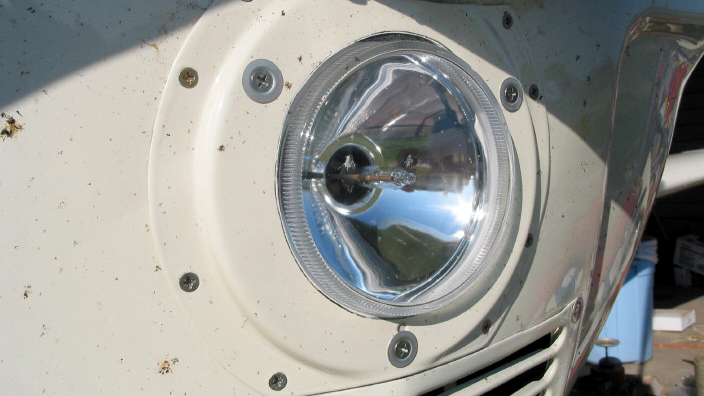Aircraft Maintenance: Lighting options
As the days get shorter, flying at night becomes less of a practice in currency and more of a fact of reality. Here in New England, unless you can get to the airport before 5 p.m., you can just about guarantee you’ll be getting some night flying in. That also means you will be relying on your aircraft’s lighting systems, both inside and outside the cockpit.

One of the challenges of operating aircraft that are frequently older than the pilots flying them is that we often have to live with systems that are “stuck in time.” Visit your local Home Depot and you’ll be hard pressed to find much in the way of actual incandescent light bulbs in the aisles. The efficiency and longevity of halogen, LED, and other lamps have long since passed over incandescent technology. That said, your average general aviation aircraft is a step back in time, equipped with a variety of vintage incandescent bulbs lighting up the panel and the exterior for landing, taxi, and recognition.
As soon as high intensity discharge (HID) lights became available (and affordable), I made the switch and never looked back. The advantages of HID lighting included dramatically improved brightness, lower power consumption, and increased reliability in a high-vibration environment (there is no filament to break). Disadvantages included high cost compared to incandescent bulbs and the added complexity of having to mount a ballast near the bulb to convert the low voltage of the aircraft bus into the high voltage required to excite the HID lamp.

Not too long after HID bulbs started gaining traction in aviation, the LED revolution began. The first LED landing lights were not as bright as their incandescent counterparts and fairly expensive. Fortunately, aviation has benefited from the fast pace of LED development in consumer technology. Today’s LED landing light bulbs are remarkably powerful and fairly affordable. Best of all, there’s no ballast, so the installation is as simple as swapping in the new bulb and doing the paperwork for the logs. Some of these bulbs include integrated options for flashing or wig-wag installations as recognition lights as well.
More recently, LEDs have become available for use around the exterior of the aircraft. Navigation lights, beacons, and even strobe lights are all available in LED form. That said, the cost is still fairly high compared to incandescent bulb replacements. However, the increased reliability, visibility, and reduced power draw still make them attractive options.
Inside the aircraft, there are options available from the consumer market to replace incandescent bulbs for cabin lighting with LED equivalents, but the legality of this is viewed differently by different mechanics and even different flight standard district offices. For example, if your glare shield or panel is lit by a series of basic incandescent bayonet (push and twist) bulbs, you can easily find LED equivalents online or at your local auto parts store. Many have the same part numbers. Consult your local maintenance facility to get their opinion on making the substitution as a minor alteration on your aircraft (logbook entry only).
Flying at night is one of my favorite activities. The air is generally smooth, the view is beautiful, and it is often just you and “the pros” on the frequency. Airports are lit up like Christmas trees, making for dramatic takeoffs and landings. Just make sure that your own lighting is up to speed so that when you flip that landing light switch, the runway numbers come into clear view as expected, making every landing a great one. Happy flying!

